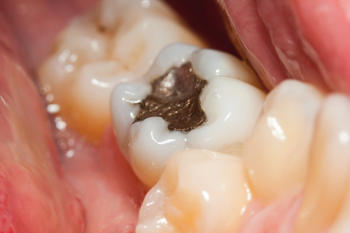Using AI to control energy for indoor agriculture
30 September 2024
Published online 14 September 2016
New enamel mapping reveals the exact composition of human teeth.

By illuminating the exact composition and structure of human dental enamel at an atomic level, the study also confirms the post-classical theory about how the hard shell that protects our teeth is formed.
Within the bundles of nano-crystalites that form teeth enamel lies more soluble nanolayers enriched in magnesium that are thought to play a role in caries formation.
The scientists examined six fine samples of a human permanent molar, using UV laser-assisted atom probe tomography (APT), an analysis technique used in acquiring 3D imagery of chemical compositions at an atomic level. In a first, they revealed the distribution of magnesium ions and organic materials in human dental enamel.
“This new knowledge has the potential to aid oral health hygiene and caries prevention by developing new treatments designed around protecting against the dissolution of the magnesium-rich nano-layers,” says Julie Cairney, corresponding author of the study, and professor of dentistry at the University of Sydney, Australia.
doi:10.1038/nmiddleeast.2016.132
Stay connected: